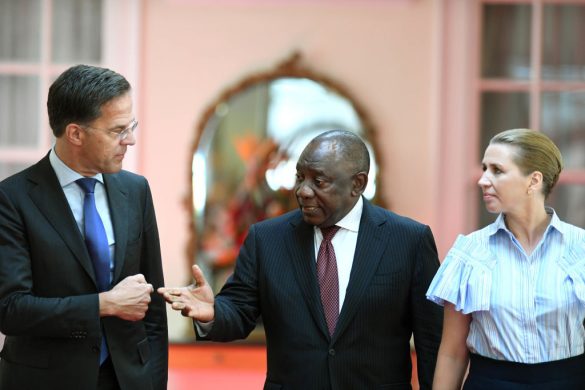Den største database nogensinde til at følge globale bistandsstrømme blev lanceret i dag. Databasen skal fremhæve bistand ydet af 36 såkaldt ‘under-rapporterede’ bilaterale og multilaterale donorer, skriver IRINNEWS onsdag.
OXFORD: The database, AidData, brings the amount of aid being tracked from US$2.3 trillion through the Organisation for Economic Cooperation and Development (OECD), to US$4 trillion. Some of the under-reported non-Development Assistance Committee(DAC) donors include Poland, Chile, Saudi Arabia, Latvia and Kuwait.
“No one has ever seen this level of breadth on aid flows,” Michael Tierney, director of the AidData Initiative, told IRIN at a conference on aid transparency in Oxford, England. “And the depth is also there, we allow greater detail on individual aid projects.”
Some 837,000 projects are listed on the database, which reports not only official development aid but also loans, which the OECD database does not. The information provided also goes deeper, says AidData investigator Rob Hicks, by giving more detail on each project, and by adding new sectors.
The database was developed by Project-Level Aid, which is made up of researchers at the College of William and Mary, Brigham Young University, and development information portal Development Gateway.
Researchers were inspired to set it up when they found insufficient information on aid flows to allow them to assess aid trends or effectiveness.
It is hoped the project will give donor and recipient governments, civil society organizations, beneficiaries, aid experts and the general public a fuller picture on who is funding what globally, said Hicks, which is important, he said, because “small donors matter”. He pointed out that 61 percent of aid to Mauritania in 2007 came from previously undisclosed, small donors.
The site includes tools to help users analyse the data, creating maps and graphs when they need to. Studies using the data as part of an aid transparency conference at Oxford University include whether or not primary education investment led to increased enrolment rates; and a comparison of aid allocations between DAC and Non-DAC donors.
“What we hope is that once the information is made public others will use it and develop applications for it that we haven’t thought of yet,” Tierney told IRIN. “We want a continual feedback loop: if the database says a donor funded a bridge in Nicaragua and someone sends in a picture of a half-built bridge in Nicaragua, we need to connect those dots.”
– IRINNEWS writes on Wednesday














